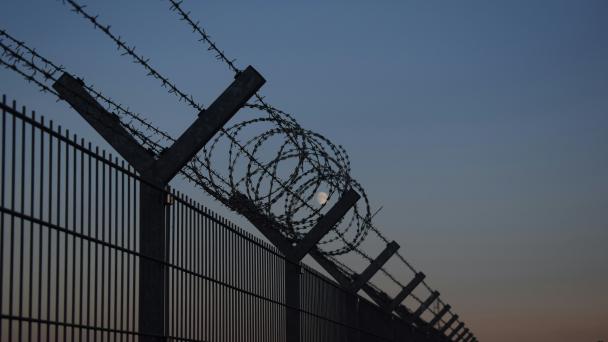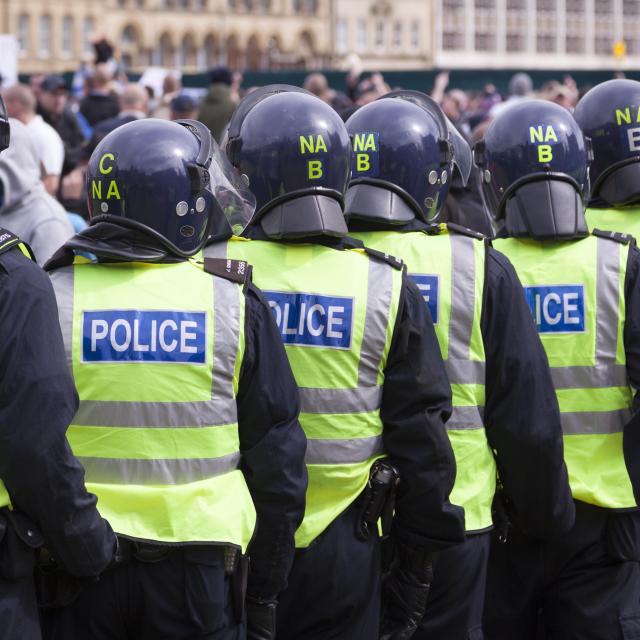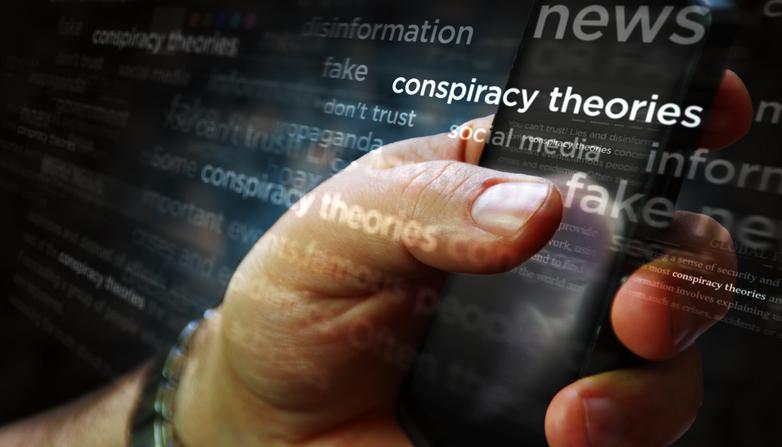Double Edged Swords: The Role of Technology in Human Trafficking and Migrant Smuggling


As the new Labour Government grapples with widespread civil unrest this week the Crime Justice & Security Unit at the National Centre for Social Research (NatCen) has teamed up with Olivia Brown from the University of Bath to ask what is needed to make the real-world consequences of online conspiracy theories a top priority.
The new Labour government had pledged to conduct a 100-day threat review once in office. In light of the current situation, it looks like they may need to move their timeframes up, and quickly.
The previous government’s Prevent review drew criticism by appearing to focus disproportionately on Islamic extremism at the expense of the burgeoning threat posed by extreme right-wing groups.
The 6th January 2021 insurrection in the US raises questions for all democratic states on how to identify, understand and counter the use of conspiracy theories by extreme right-wing political groups to radicalise and mobilise susceptible people into committing acts of civil disobedience and political violence. The US import has arrived in Britain.
The violence and disorder across the UK over the last week is a stark reminder that extreme right-wing groups have learned the power of weaponising conspiracy theories. In this case, the false allegation that the suspect in the murder of three young girls in Stockport was an immigrant and a Muslim was used to incite superficially spontaneous protests - which were in fact orchestrated on social media channels operated by UK far-right actors.
In our hyperconnected and increasingly decentralised digital age, the rapid spread of conspiracy theories online has become a significant societal concern. Conspiracist narratives, from QAnon to anti-vaccine myths, are no longer confined to obscure corners of the internet but have tangible, dangerous consequences in the real world. The recent surge in violent incidents linked to online radicalisation underscores the urgent need for comprehensive research to understand and disrupt this phenomenon (Brown et al., in press).

Conspiracy theories exploit cognitive biases and emotional vulnerabilities, often preying on individuals experiencing isolation, anxiety, uncertainty, or a sense of powerlessness. Social media platforms, with their algorithm-driven echo chambers can amplify these dangerous ideas, making them more accessible to a broader audience.
Crucially, the growing spread of conspiratorial and extremist content online has important real-world consequences. A study by the University of California, Berkeley, revealed that exposure to online conspiracy theories significantly increases the likelihood of real-world violent behaviour. The Capitol riot on 6th January 2021, serves as a stark reminder of how online misinformation can incite violent flashpoints.
Research from the Anti-Defamation League (ADL) found that 29% of Americans believed in the core tenets of the "Great Replacement" conspiracy theory, which has been linked to multiple violent incidents, including the Christchurch Mosque shootings in New Zealand (ADL, 2020).
Further, the "Pizzagate" conspiracy falsely alleged that a Washington D.C. pizzeria was the centre of a child trafficking ring involving high-profile politicians. This online theory led to a real-world incident in December 2016, when a man entered the pizzeria with a firearm, intent on "rescuing" the non-existent victims.
While the transitions from online to offline spaces are characterised by several well-documented extremism flashpoints in the US, there is an emerging and acute risk that the contagion of these established pathways towards activated real-world violence stemming from online activity is spilling over into the United Kingdom. This can now be categorised as a specific UK security vulnerability and real threat.
For instance, during the COVID-19 pandemic, conspiracy theories about 5G technology led to numerous arson attacks on cell towers in the UK, driven by the unfounded belief that 5G networks were spreading the virus (Ahmed et al., 2020). There is, therefore, a risk that UK far-right groups, already active online and prone to importing American conspiracy theories, may regard the Capitol attack as a model for their own activities.
Our research aims to move closer to pinpointing the tipping point between online words and offline actions, the shift from radicalisation to mobilisation, in the context of conspiracy driven ideologies and beliefs (see Brown et al., in press).
Addressing the real-world consequences of online conspiracy theories requires a multi-faceted approach to disrupt the contagion and transference and ultimately acting out extremist ideology in the real world. With this in mind, we suggest five areas of strategic focus for the new government’s 100-day threat review.
Enhanced monitoring and regulation:
Social media platforms must enhance their monitoring mechanisms to swiftly identify and mitigate the spread of harmful conspiracy theories. This includes employing advanced AI tools and increasing transparency in their content moderation practices.
Public awareness and education:
Governments and non-profit organisations should invest in public education campaigns to improve digital literacy, helping individuals to critically evaluate the information they encounter online. The success of such initiatives in combating misinformation about COVID-19 vaccines demonstrates their potential effectiveness.
Research and collaboration:
It is imperative to fund interdisciplinary research that explores the psychological, sociological, and technological aspects of online conspiracy theories. Collaborative efforts between academic institutions, tech companies, and policymakers can provide deeper insights and more effective solutions. This is essential for the development of effective counter-narratives based upon robust research evidence.
Support for at-risk individuals:
Providing support and intervention for individuals susceptible to violent extremism can prevent the transition from online belief to offline action. Programs like the UK's Prevent strategy offer valuable frameworks that can be adapted and expanded globally.
Collaboration with tech companies:
Establish partnerships with technology companies to develop and implement more effective algorithms that can detect and limit the spread of conspiracy theories that have the potential to cause harm and drive societal division. Encourage transparency and accountability in these efforts.
During the 100-day threat review, the new Labour Government must prioritise the urgent issue of online conspiracy theories that lead to offline harm. By enhancing monitoring and regulation, launching public education campaigns, supporting research, collaborating with tech companies, enacting protective legislation, and expanding intervention programmes, the government can effectively mitigate the dangers posed by these harmful narratives.
The links between online conspiracy theories and real-world violence are clear. To protect public safety and societal stability, we must prioritise research and proactive measures to disrupt this dangerous cycle.
Through innovative research, enhancing public education, reimaging collaboration with tech companies, and identifying at-risk individuals, the new government can mitigate the dangerous impacts of this emerging and pervasive right-wing content. An evidence-led approach will help ensure a safer, more informed society.
By understanding what drives the relationship between online communications and offline violence, and implementing comprehensive intervention strategies, we can mitigate the real-world harms stemming from online activity.
The UK’s National Centre for Social Research (NatCen) is pioneering a new research programme to explore these themes to shape policy and create real-world actionable insights. To support this research, please contact rob.wray@natcen.ac.uk.




Receive a regular update, sent directly to your inbox, with a summary of our current events, research, blogs and comment.
Subscribe